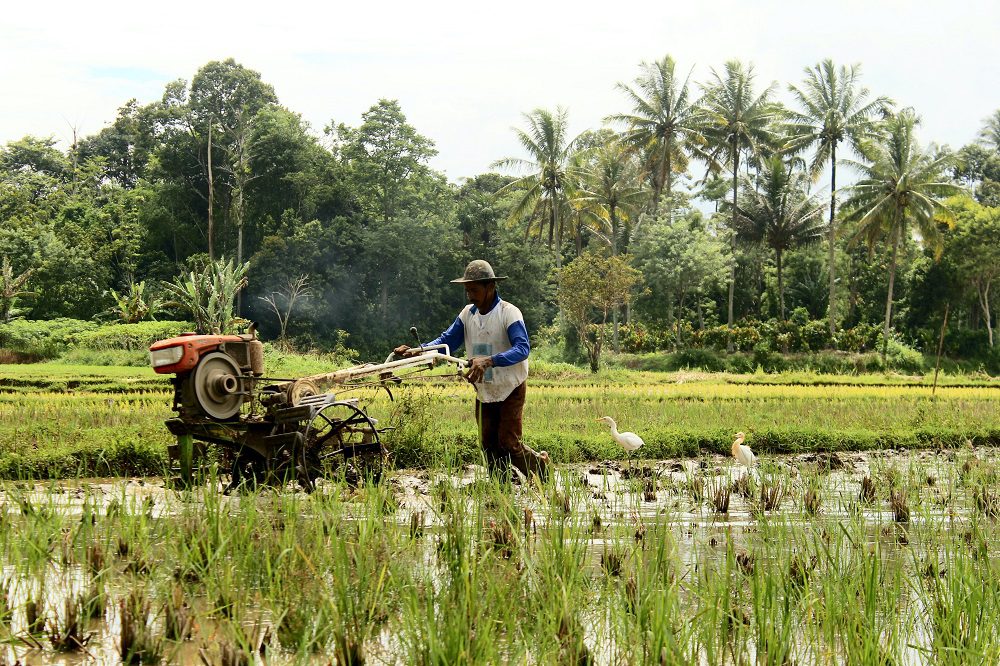Agricultural technology is evolving, and as an industry, it attracts many investors. Various devices, apps and software are designed to make life easier for farmers, giving them more information to make data-driven decisions. They also can use field monitoring to react to changes in time and take measures. In addition, the technology aims to make agriculture more sustainable and provide farmers with various tools to increase yields and profitability.
Agricultural technologies open up new opportunities for other business participants. Business people in agriculture can develop new strategies and provide farmers with machine learning, big data analytics, IoT, and computer vision solutions.
Technology in Action
Smart agriculture has been called the third green revolution. Its distinctive features are the introduction of intelligent technologies in agriculture and animal husbandry. Over the next few years, this phenomenon should help bridge the gap between innovation and the agricultural sector, relying heavily on traditional approaches. Precision farming and the technologies used in it open the way for farmers to easier management, as well as optimization of all agricultural processes. This concept allows farmers and other participants of agricultural business to change and shape new strategies, increasing yields and profits.
Farmers can create accurate field maps using sensors and GPS. These maps allow you to manage your farm and resources by relying on information about the characteristics of an individual zone. On the map, you will see which zones need irrigation and which, on the contrary, have too much water. This data greatly enhances the lives of farmers, as they do not have to walk around and evaluate fields on their own. Yield and soil mapping help reduce labor costs by up to 35%.
GPS automatic control and variable rate technology (VRT) provides farmers with precision in controlling weeds, diseases, pests, and more. Field mapping also helps save fertilizer resources. Thanks to accurate data, you can only apply fertilizer where it’s necessary rather than spreading it evenly across the field. Thus, the interaction on the environment is also reduced since the amount of introduced chemicals is significantly reduced, and they pollute less groundwater and nearby water bodies.
Mobile applications facilitate many of our daily activities, and it is rather challenging to find a sphere of human life for which there is no application yet. Agriculture is no exception, so farmers are using apps to make better decisions and save resources. For example, using a smartphone app, you can control irrigation by determining when and how much water is needed to irrigate certain areas and crops. Apps are also available to help you assess field productivity, crop health and make a plan for harvesting.
Drones and aerial imagery are also making a tangible contribution to simplifying farming. UAVs use multi-spectral and thermal imaging to identify different types of stress in plants. It is important to note that, thanks to technology, farmers can see things beyond the human eye’s reach. Thus, farmers can detect problem areas on time and eliminate the threat to the crop. Drones provide an opportunity to save money and can be used quite often.
Thanks to technology, the modern farmer also has the opportunity to reduce harvesting costs. Harvesting automation can help with this, including automated platforms. They can significantly reduce fuel consumption and increase productivity and ensure the safety of pickers in the fields. Moreover, the use of automation can reduce the role of the human factor or eliminate it.
Big Tech Getting in Agriculture
Microsoft has created its plan to modernize the farm and launched the FarmBeats project. It includes the use of IoT technologies and data analytics. The system is currently being tested on several US farms owned by the company. In the future, this solution may become available for more farms.
The sensors for data collection are connected via an unlicensed long-range television space. The sensors are solar-powered. Aerial photography from drones is also used. Data collection is carried out using machine learning algorithms. And based on this data, farmers then make decisions about resource use and field activities. Machine learning in smart agriculture enables farmers to manage crops more efficiently. As for artificial intelligence, this technology helps in seed selection, as well as in monitoring the state of the crop and its harvest. The company also launched the Grand Farm project to help farms innovate and organize partnerships between farmers, businesses, government, and entrepreneurs in North Dakota.
Pharmaceutical analytics is currently an area of active research and development. In addition, this sector attracts investment. Various startups are developing agricultural products and services that offer enhanced capabilities for farmers through new technological solutions. In the next few years, the number of offers and new solutions will grow along with investments. According to BIS Research forecasts, by 2022, the global market of intelligent agriculture solutions will reach about $23 billion.

